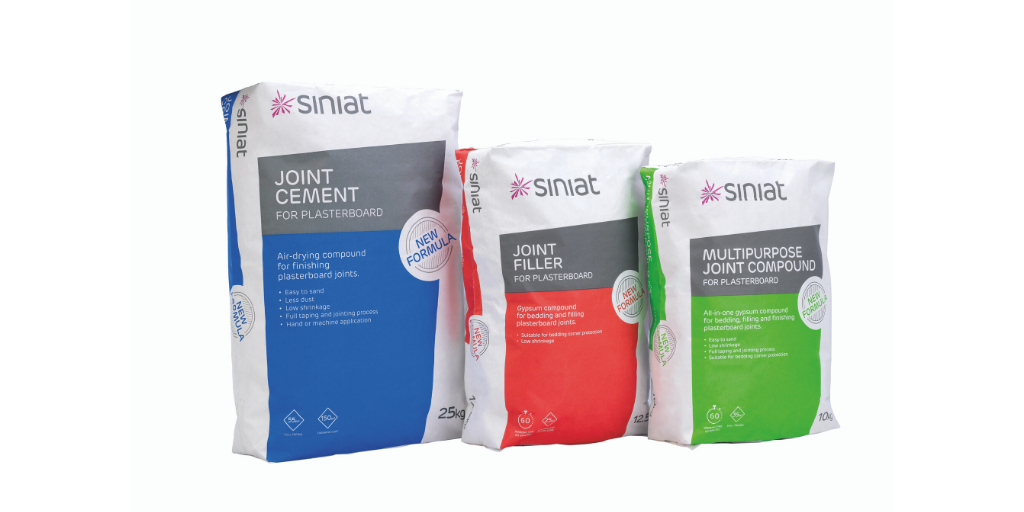Lisa Maria Weber, product manager at Etex Building Performance, explains why product quality is key if we want to drive up construction productivity.
Low productivity continues to hamper UK economic growth, with labour output per hour falling 0.2 per cent during the first quarter of 2019 compared to the same period in 2018. It may not sound significant, but it is part of a wider pattern of decline, marking the third consecutive quarter showing a dip in productivity.
For construction specifically, data published this month by the Office for National Statistics shows that industry growth stagnated in the three months to May 2019. Almost three years on from the Farmer Review of the UK construction labour model, our sector is still struggling to improve efficiency and maximise current resources to meet development targets. With the government looking to deliver 300,000 new homes a year, there is much work to be done if we want to address the nation’s housing crisis.
Independent and self-employed builders may find it hard to relate to this macroeconomic context but there are real benefits for them too if we can improve construction’s productivity record. Faster projects mean teams can move onto the next job quicker, and that means increased revenue. So, there’s an incentive for everyone in the industry to play their part, but how do we improve? Big ticket innovations matter but we should also focus on embracing behavioural change. Over time, small tweaks to the way we work can add up to major efficiencies.
Get it right first time
The productivity puzzle is complex and multi-faceted and we need a multi-pronged approach to solving it. As identified in the Farmer Review, closer collaboration across the supply chain, greater investment in technology, including increased use of modern methods of construction (MMC), as well as new recruitment and training models must all form part of the answer.
However, there are also some simpler, more readily achievable changes that we can make to the build process to accelerate job delivery and improve construction output. Crucially, we need to make sure we are using the best materials for the job and installing them correctly.
The drylining sector is a key example of where small improvements in quality can result in increased productivity. As the main component of walls, ceilings, partitions and even external façade systems, drylining materials and their ease of handling and installation account for a significant proportion of the build schedule.
Rushing installation or choosing low-grade products may seem the most tempting option to get jobs done quicker and cheaper. However, lower price, or inferior quality, products are only likely to add time to projects, either through being more challenging to work with or presenting a greater risk of product failure.
Take plasterboard taping and jointing, for example. By using a low-quality joint compound, dryliners might think that they have made a saving. However, these materials will likely be harder to apply, meaning the application process from mixing to sanding will take far longer than assigned for during this stage of the build programme. Uncertified and non-warranted products can also often be more susceptible to shrinkage, causing cracking in the joints when buildings start to settle. This can lead to expensive and time-intensive snagging lists and potentially even claims being made years after a project is complete. Ultimately, the money saved by using poor quality material and scrim tape is more than offset by the time needed to rework an installation and the hassle further down the line.
Tradespeople – and customers – appreciate quality
The purchase of materials is an investment in a project. A quality-focused approach is a simple way of improving on-site productivity. By using the best materials for the job, teams can get the job done right first time and ensure snagging lists are minimised.
Tradespeople will recognise the value of an improved handling and application experience offered by better products. At the same time, improving the quality of work helps to increase customer satisfaction. That’s good for business, with a higher chance of referrals, as well as for the image of our sector as a whole.
Increased construction productivity not only boosts contractors’ bottom line, but can deliver growth for the entire sector. We need to keep an eye on the big picture goal, but that doesn’t mean we should overlook the detail in the process.
Lisa Maria Weber is a product manager at Etex Building Performance which brings together the products and solutions of three dry construction materials companies – Siniat, Promat and EOS Facades.


